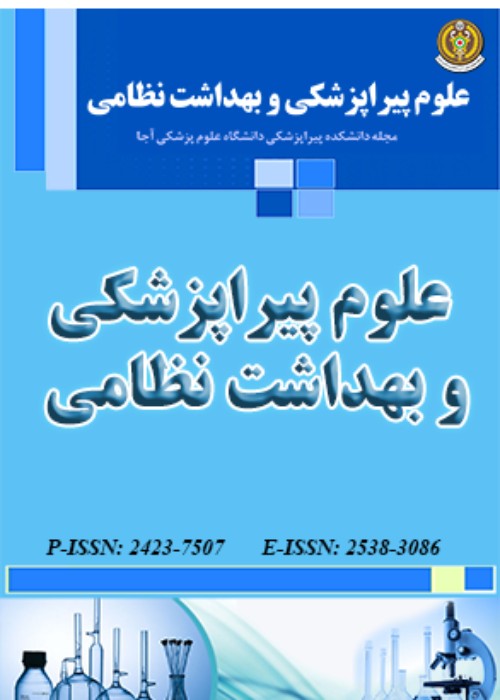Critical to the H-index as a criterion for evaluation at universities
The use of scientometric indicators to evaluate scholar articles and scientist in academic settings is one of the most challenging topics.(1) These indicators can be influenced by diverse and different factors, including the context in which the assessment activity is performed to measure the productivity and publications of the scientist or scholar. One of these indicators, which is currently used extensively in academic environments for the boost and selection as a scholar or faculty members, is The H-index, which has been accompanied by many critics and controversies between supporters and opponents. Although this index can be helpful in some areas related to scientometric it is not the consensus of all scientific community involved with it.(2) So, for the sake of clarity, we list the criticisms that can be made on this index H-Index is one of the researcher’s scientific evaluation indicators that display their impact on scientific advancement. The H-index was first proposed by Jorge E. Hirsch, a physicist at the University of Southern California, as a tool for the qualitative assessment of researchers. This index for a researcher is H, the number of articles presented by him, each of which has been cited at least H times.(3) But this index also has some limitations that make it an indicator of evaluation. The most important of these reviews include:1.The problem of active scholars in a scientific field Sometime Researchers working in a particular context might to become low H index, because their number of citations is lower, and reverse, researchers working in different domains have a higher probability of referrals and thus higher H indexes. sometimes this also depends on the context in which the paper has been cited. 2. Different metrics in Google Scholar and Scopus profile The value of this index in Scholar is higher than Scopus, so it is not clear which one is better to be the benchmark. 3. Not considering the contribution of each of the authors This index, regardless of the order of the authors, is allotted to each other, while the contribution and role of each of the authors may vary in the compilation of the article. 4.Self-citation problem By referring to his past research, the author can increase the number of citations and, as a result, his H index. Although there are some limitations in this regard, the author can only refer to his article. 5. The failure to consider checking the text and content of citations This index can due to bias by not looking at the reference text. For example, in some paper, many articles may be cited, but from many articles, just one or two sentences or specialized word are mentioned. 6. Limit index to the number of articles published by the researcher This limitation can lead to this problem that if a researcher has a limited number of articles, but has been frequently referred to, the H index will not be high, and vice versa, if a researcher has many papers and each has multiple citations, index H might rise. 7. The failure to consider various scientific disciplines with different degrees of referrals Different disciplines of science have different capacities in terms of referral and research field, therefore, they cannot be prescribed for all, and this index does not consider this item. 8.The difference in the rate of this indicator in different databases The H indexes calculated at different bases can have a significant difference. This difference can be attributed to factors such as the difference in the time frame for the publication of articles to calculate the index and also the difference in the coverage of articles. 9. Failure to consider the quality of reference papers Due to the H-index calculation formula, which is important for a few articles, it is likely that the quality of the articles will not be taken into account. 10. Not considering the strength or weakness of the papers for Pyramid of Evidences According to the Pyramid of Evidence, systolic rejection studies are at the highest level, but this study may be at a level or even lower level with a low-level study. In addition, there are scholars with high impact factors and hundreds of publications without any applied research.
- حق عضویت دریافتی صرف حمایت از نشریات عضو و نگهداری، تکمیل و توسعه مگیران میشود.
- پرداخت حق اشتراک و دانلود مقالات اجازه بازنشر آن در سایر رسانههای چاپی و دیجیتال را به کاربر نمیدهد.



